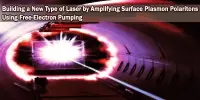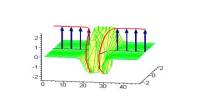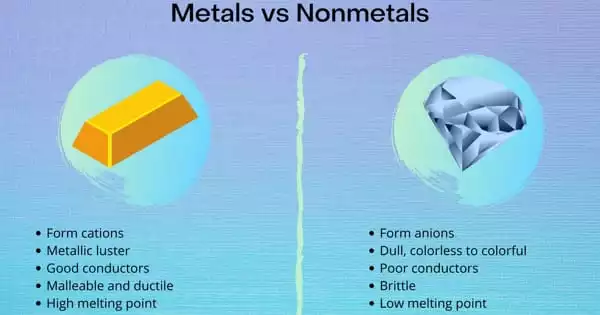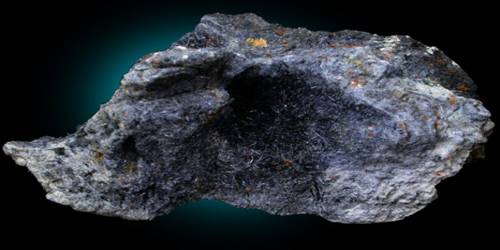Acoustic levitation is a fascinating phenomenon that involves suspending and manipulating objects in mid-air using sound waves. It is a technique for suspending matter in air against gravity by using acoustic radiation pressure generated by high-intensity sound waves. It operates on the same principles as acoustic tweezers, harnessing the forces of acoustic radiation. It is based on acoustic radiation pressure principles, which occur when sound waves exert a force on an object.
Acoustic tweezers, on the other hand, are typically small-scale devices that operate in a fluid medium and are less affected by gravity, whereas acoustic levitation is primarily concerned with defying gravity. Dynamic acoustic levitation is technically a type of acoustophoresis, but this term is more commonly associated with small-scale acoustic tweezers.
A container or chamber filled with a medium such as air or water, and one or more transducers emitting high-frequency sound waves, is the basic setup for acoustic levitation. These transducers produce sound waves with frequencies that are higher than what humans can hear, often in the ultrasound range.
Typically, sound waves at ultrasonic frequencies are used, resulting in no audible sound to humans. This is primarily due to the high sound intensity required to counteract gravity. However, audible frequencies have been used in some cases. The most common technique for producing sound is the use of piezoelectric transducers, which can efficiently generate high amplitude outputs at the desired frequencies.
When these high-frequency sound waves collide, they produce areas of constructive and destructive interference. A standing wave pattern forms in areas of constructive interference, where the waves reinforce each other. Within this pattern, there are places called “nodes” where the pressure from the sound waves is minimal.
It is possible to create a stable node in the air or liquid medium by carefully adjusting the frequencies, amplitudes, and phases of the sound waves. Objects placed at these nodes can experience a net force that counteracts gravity, effectively lifting them off the ground.
In industry, levitation is a promising method for the containerless processing of microchips and other small, delicate objects. Containerless processing can also be used for applications requiring ultra-pure materials or chemical reactions that would be too difficult to perform in a container. This method is more difficult to control than others, such as electromagnetic levitation, but it has the benefit of being able to levitate nonconducting materials.
The object is levitated because the sound waves exert pressure on it, pushing it toward the node. The object remains suspended as long as the upward force of the sound waves is balanced by the downward force of gravity.
Acoustic levitation has a wide range of applications, including the levation of small objects such as droplets of liquid, particles, and even small organisms. Researchers have utilized this technique for studying the properties of materials, conducting experiments in microgravity-like conditions, and exploring the behavior of liquids and biological systems.
















